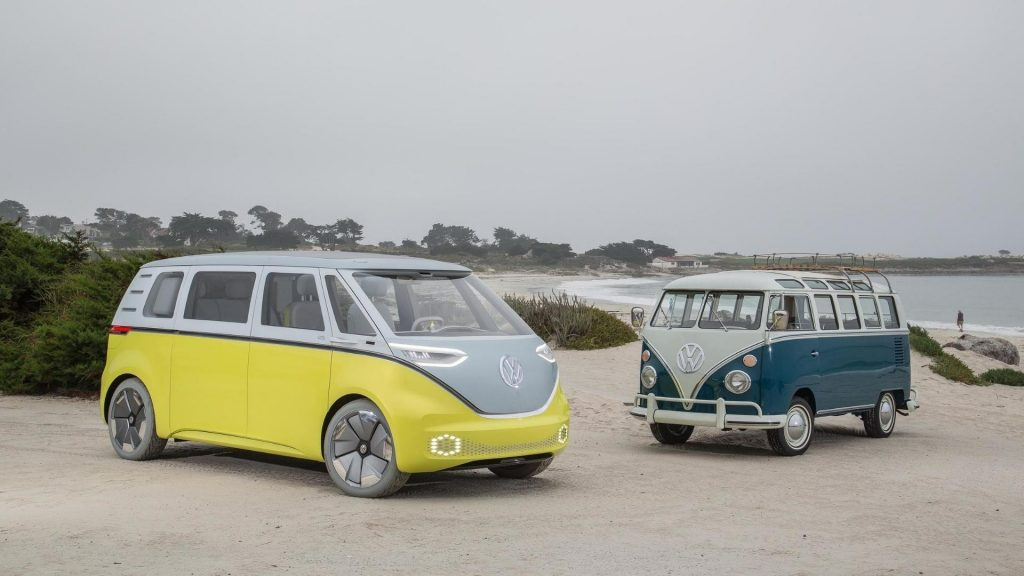
Catch that bus!
There is a rich history associated with the Volkswagen Microbus, one of the most recognizable vehicles ever made. While it has come and gone through its six decades, first serving as a basic people hauler, its popularity is etched into the American culture where it is viewed as an all-out icon! Not only has its look, but its feel has changed, with the vehicle tied to the hippy generation and such world events as free love protests in the Vietnam War. Known by a variety of names but with one mission in mind — this bus is definitely worth catching!
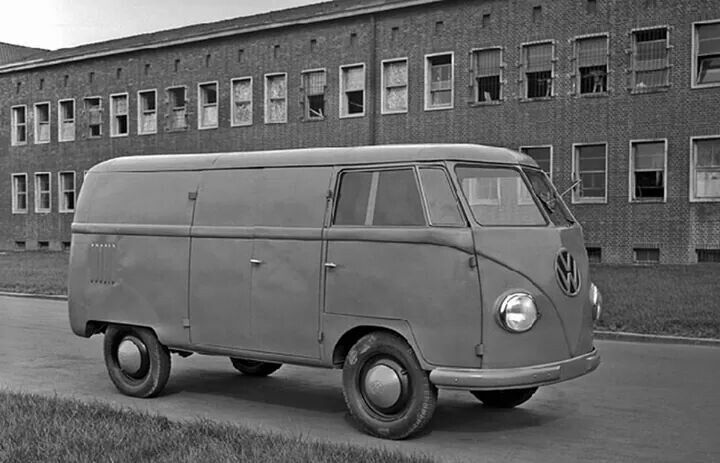
A look back….
There have been many names linked to the VW Microbus, which has a history dating back to 1947, including the Volkswagen Type 2, describing the second VW model built after the Type 1, better known as the Beetle. Even earlier, it was referred to as the Kombi with Bulli, Samba, Campervan and Transporter, as well as called simply the Bus or Camper, when a camper interior was present.
The first prototype was created in 1949, called the Type 29, with the van featuring a standard Beetle chassis, and eventually a ladder frame added beneath the van, among other changes in design.
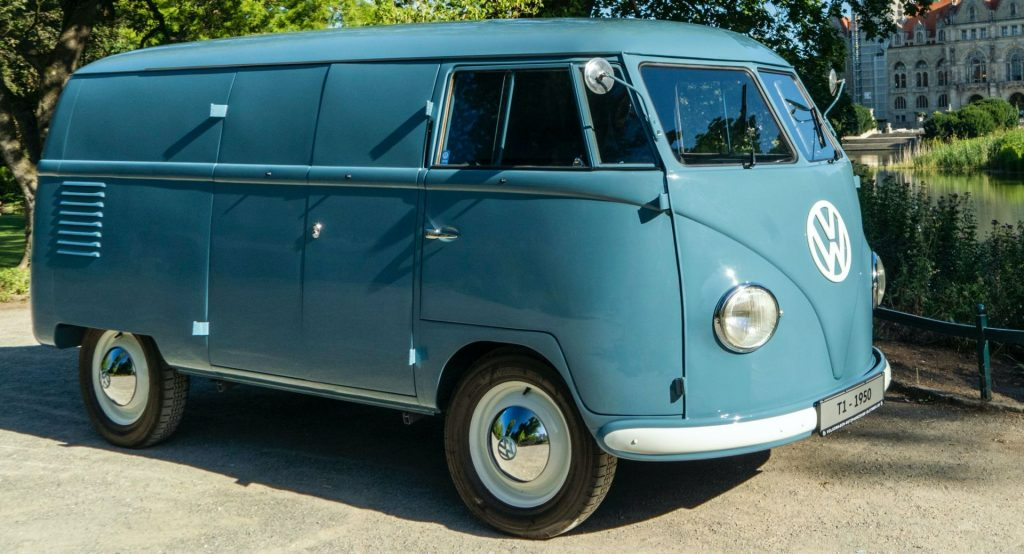
First-generation models (1949-1967)
Models in the first generation, complete with a split windshield layout and multiple window variations, was the culmination of a modified VW Beetle platform, with its 1.1-liter air-cooled engine and van body placed on top. Like the Type 1, the Type 2 featured a rear-mounted engine and translate, adding a ladder frame chassis to it and a pair of gear-hub reduction boxes to the lower gearing.
The first-generation vehicle was equipped with an engine that made just 25 hp, jumping to 44 hp at the introduction of a 1.5-liter engine. In the early models, fuel mileage was about 20 mpg with the vehicles reaching top speeds of 55 mph to 68 in the second generation.
Taking in a glimpse of the outdoors as part of the joyous ride was the result of 11 windows in the standard model with 15 in the DeLuxe versions. Sunroof DeLuxe models also boasted small skylight windows for a total of 23.
Removable middle and rear-row seats marked the first model, with later ones only featuring a removable rear seat. This allowed for ample cargo and people space, thus highlighting the vehicle’s usefulness with its customizability a huge draw.

The second generation (1967-1979)
This second generation came nearly two decades after the model run of the original, ridding its look of the split windshield and replacing it instead with a single wrap-around window. Powering this next model was a 1.6-liter four-cylinder engine, which made 47 hp. It was paired with a four-speed manual or a three-speed automatic transmission.
A reduced number of windows marked this generation, with some remaining along the side, vent, rear and sliding varities. This bus was also heavier and larger than before, thus earning this generation such nicknames as the “Baywindow” and the “Breadloaf.”
This generation also saw the removal of the transfer boxes and swing axle rear suspension from the original model, which had raised the bus’s ride height.
This generation, dubbed the VW Transporter T2s, also marked the ending of US imports for VW due in part with the Microbus being subject to a 25 percent tariff as well as pending federal automobile emissions changes.
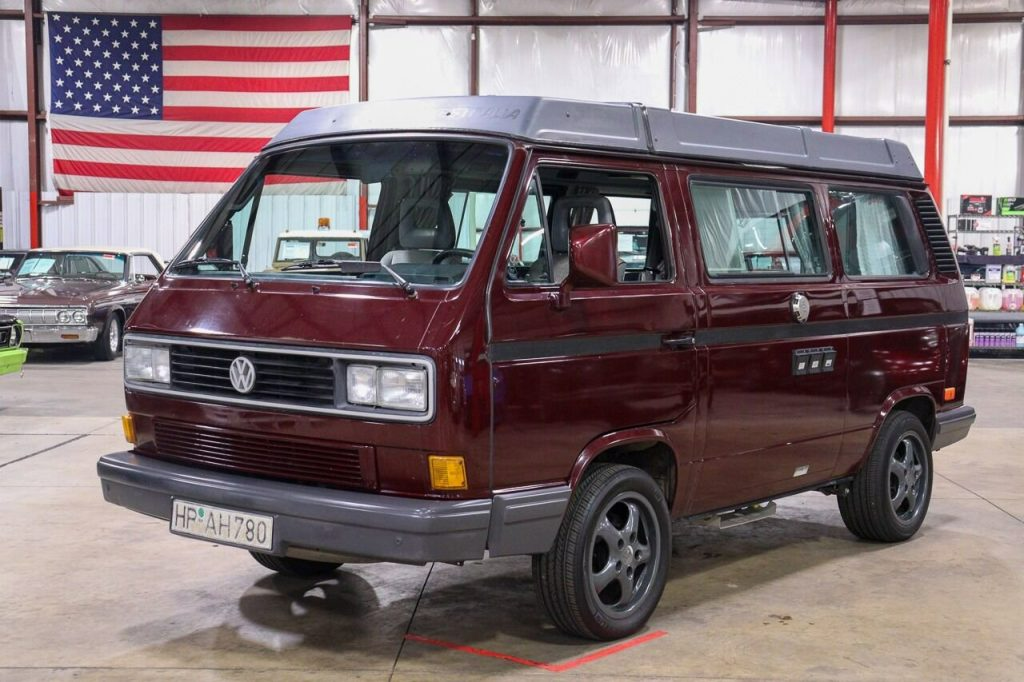
The third generation (1979-1992)
Introduced in 1980 when it was sold briefly as the Vanagon, the third-generation model, the VW Transporter T3s, featured additional design updates carried out in 1990 and 2003 and a water-cooled engine as opposed to air-cooled ones prior, with the most powerful 1.9-liter engine reaching 89 horsepower. Other features of this third generation model included chrome-plated steel bumpers and round headlights. After 1985, the VW bus came with upgraded air conditioning, additional fabric options, redesigned transmissions, an improved engine management system and a rev counter.
The T3 models were presented with such features as High tariffs once again reared their ugly heads, ending imports. By 2009, only the Brazilian plant was manufacturing the van.

Fourth generation! (1990-2003)
In its fourth generation, VW, beginning in 1990, released the T4 version, complete with water-cooled engine, with North America marketing what they called the Eurovan. Among the changes and perhaps the most notable, was that, in the fourth generation, the vehicle switched from a rear-mounted engine to a front-mounted one. This changed the look at front to one featuring a longer hood.
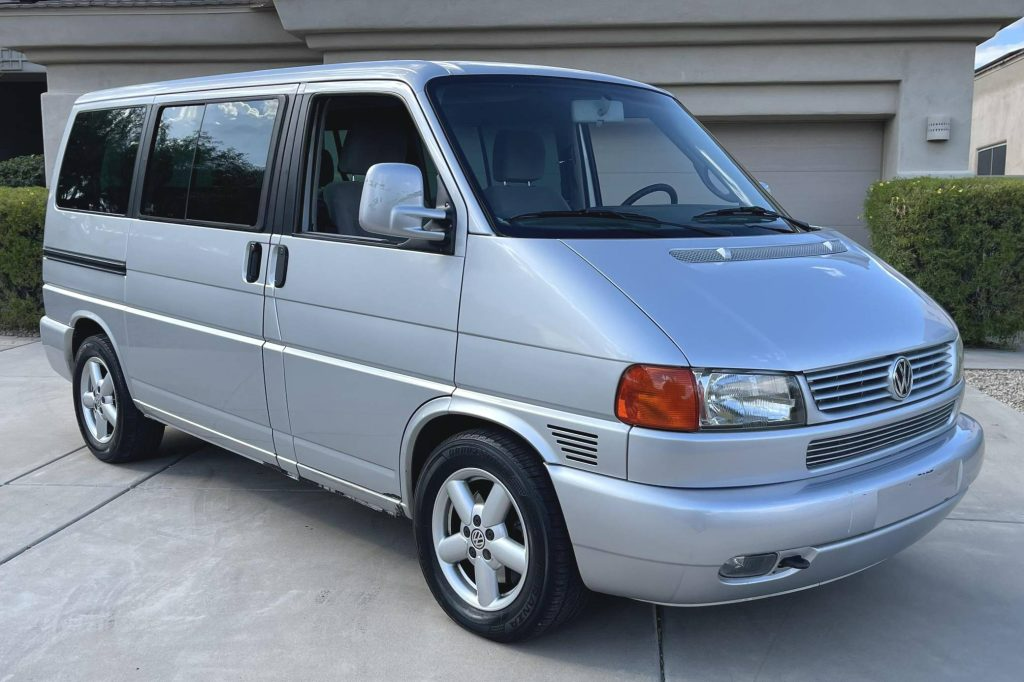
Fifth generation (2003-2015)
A more aerodynamic design was realized in this generation, with this vehicle given a top horsepower option of 232 hp. Larger than previous models and sold in such designs as campers, trucks, cargo and passenger vans, the van was unfortunately not sold in the U.S. market due to high import taxes.
This later model, as well as the T3 and T4, did not have a huge impact on consumers as the earlier ones, with many preferring the classic design.
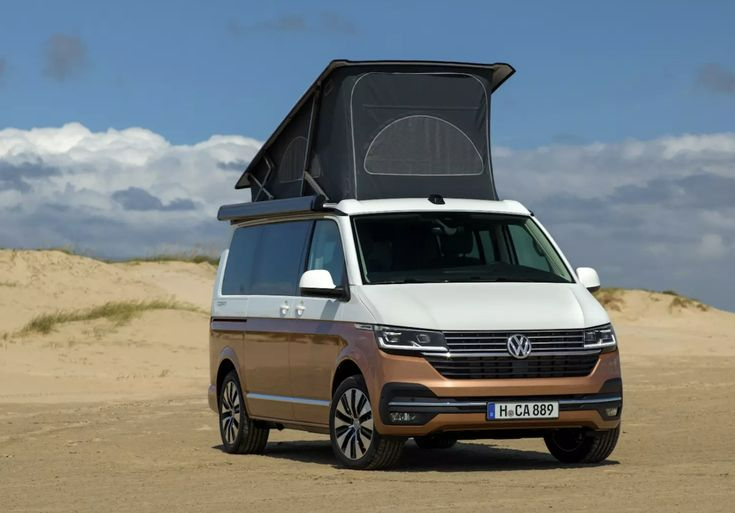
Sixth generation (2015-present)
Whether this generation was simply a facelift for the T5 or a T6 VW bus model all its own is questionable. But there are several changes to the current model that makes this a new generation all its own. With a six-cylinder-diesel engine, this Bus offered 204 hp, as well as boasted some external changes including modifications to the tailgate and nose.
Internally, a couple versions of the bus feature a new dash, in addition to reduced noise levels and improved overall handling and riding.
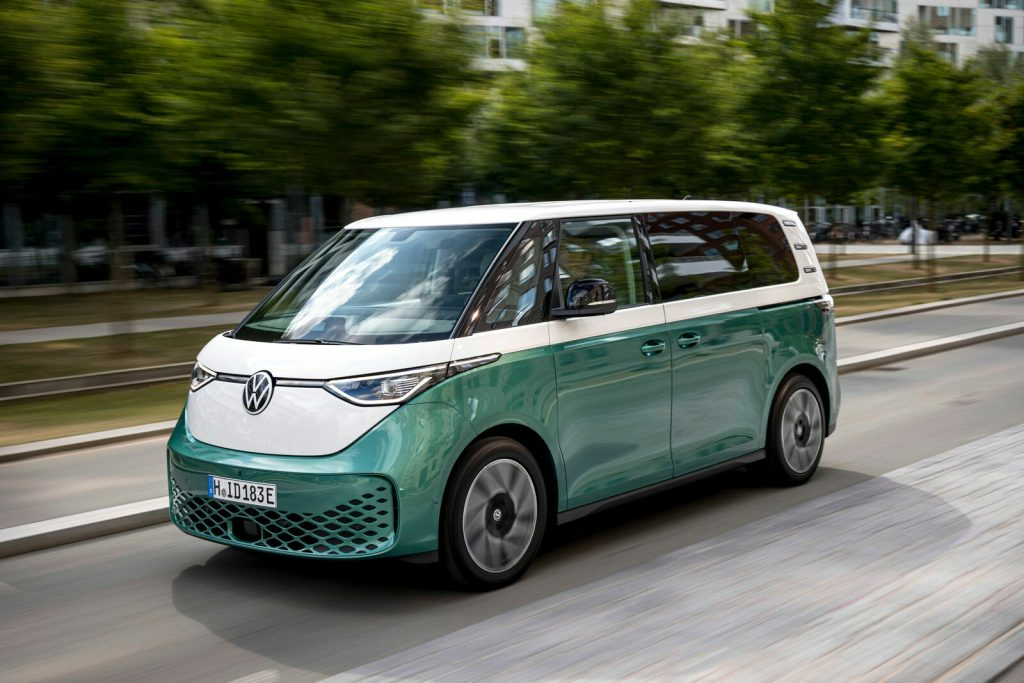
The good news is that the VW bus is not going anywhere anytime soon, with the recent announcement of a 2023 VW Microbus featuring an all-electric powertrain and a 300-mile range. A nostalgic appearance reminiscent of the early days is also embraced, with a customizable seating configuration.
Available in the states, these VW buses continue to bring the icon forward. Catch that bus, and reserve yours today!
